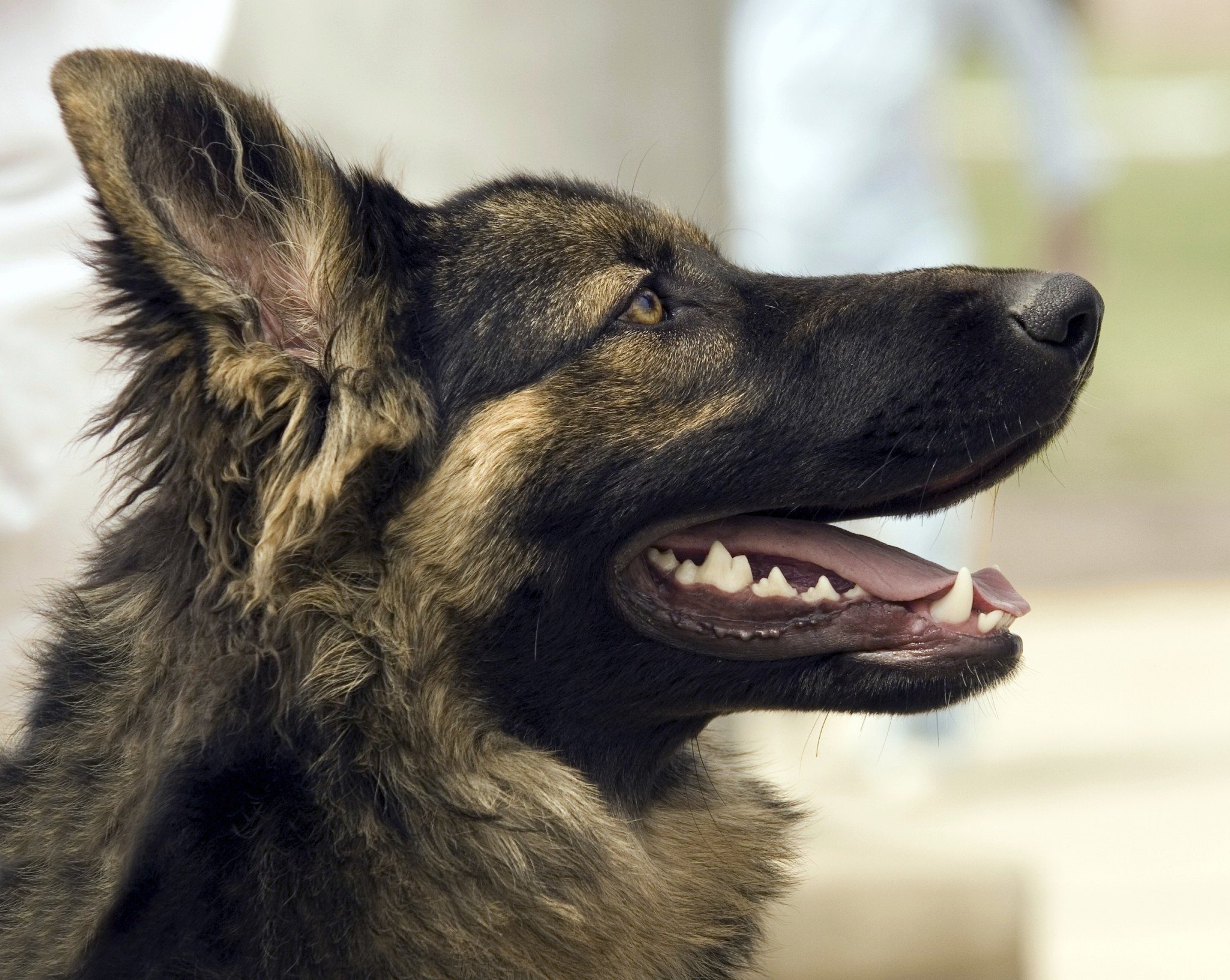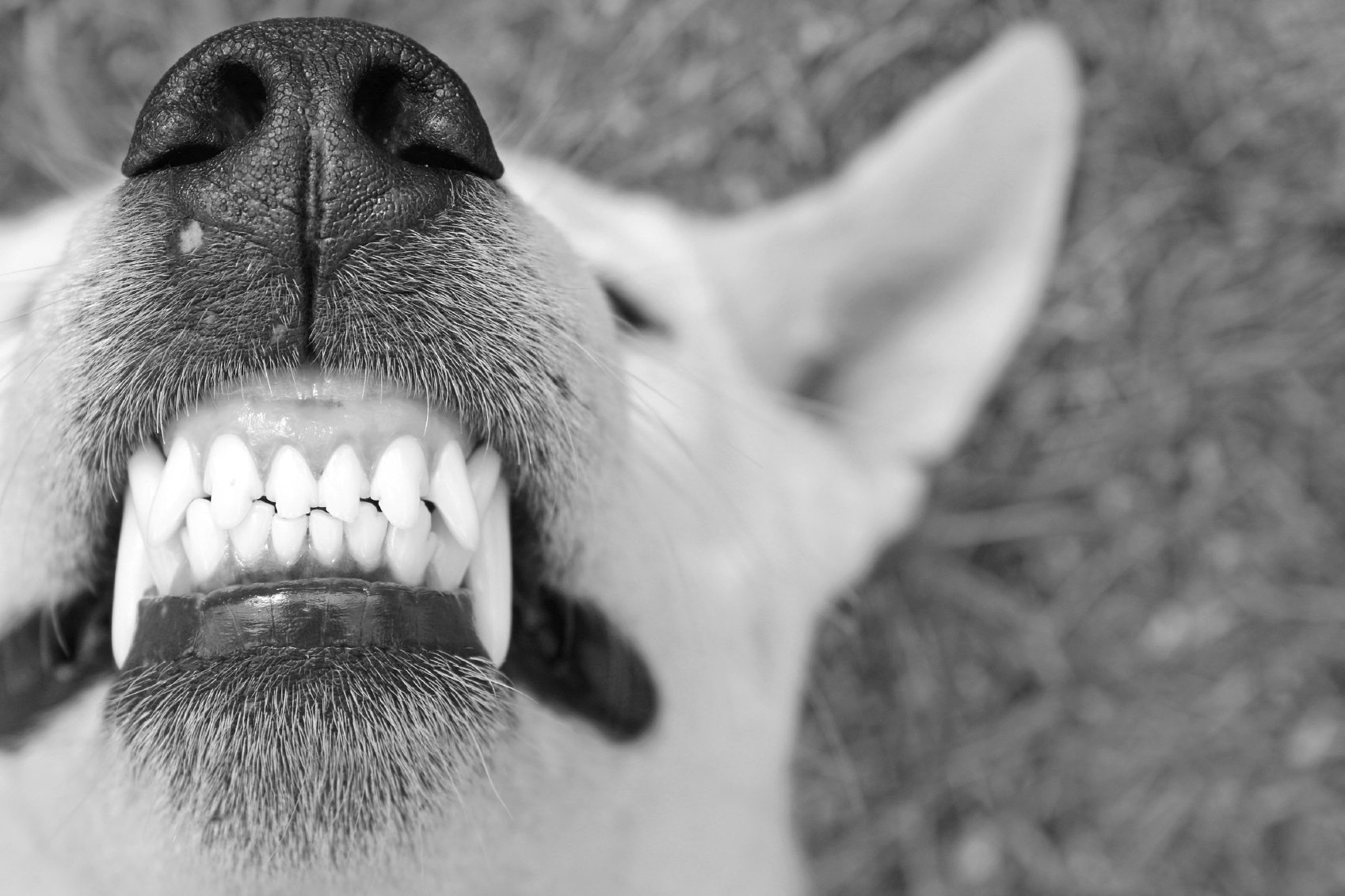By Sherry L. Granader
Have you ever thought about braces for your pet’s teeth? If you notice your pet’s teeth are crooked, causing inflammation of the gums or they have a difficult time eating and visibly in pain, then braces may be the answer. During an oral examination, your veterinarian can see if your pet’s bite is not right, not comfortable or functional. Of course, any trauma to the mouth area may cause traumatic consequences that should be addressed. Braces for pet’s teeth may help improve their health as well as their smile.
Good Dental Care For Good Health
One of the main reasons for good dental care for your pet is to prevent the development of periodontal disease. Otherwise, bacteria can spread through the blood stream known as anachoresis causing infections. The spread of infection through the blood can cause damage to the heart, kidneys and liver. Ensuring that your pet has a comfortable, functional bite can help avoid serious health concerns from the spread of bacteria.
<Also Read How Often Should I Brush My Pet’s Teeth>
Your veterinarian may not offer orthodontic care other than teeth cleaning as it is definitely an advanced category of veterinary medicine. The orthodontic techniques and fundamental principles are complex and intricate considering the endless breeds that bring everything from long, narrow noses like those in German Shepherds to pugs that have very short noses. Of course, altering the appearance of your pet is not appropriate, however providing a function and comfortable bite is suitable. Yet the procedure is not always simple.
The other consideration is if your pet has the right temperament to tolerate braces. For example, if your pet is a forceful chewer, they may not handle any kind of restriction in their mouth very well. In certain cases, dental extraction might be the better route. Plus, the time and needs of your pet may be difficult to meet as regular check-ups and multiple visits are needed to ensure the process goes well. It is very important to discuss what is required of both you and your pet to establish a realistic prognosis.
Things To Consider
The age of your pet is also a factor that will determine if braces will work or not. In some cases, a specific dental extraction technique is utilized in an attempt to prevent future problems as they grow into an adult.
Tooth development does not always correlate with the age of an animal. Dental x-rays or radiographs are used to evaluate where your pet is in terms of tooth development. They also help with determining whether braces are appropriate and when would be the best time to implement them.
Evaluating your pet as soon as possible is ideal. The problem can progress if you simply think your pet will grow out of it in due time. In other words, if a simple procedure is done early, it can eliminate more expensive treatments later on. The ideal age to be examined, if there is any kind of jaw discrepancy, is before five months of age. This is especially true if both the primary and secondary teeth are present. Primary teeth have roots that are quite fragile and must be removed efficiently otherwise infections can result with x-rays needed throughout the process.
Failure to evaluate can lead to complications. Consult with your veterinarian on your pets recommended course of orthodontic care. Several appointments may be required when it comes to getting braces for your pet. Moving teeth too fast can cause complications so gentle force is the way to go. It is important to find a veterinarian that specializes in braces and orthodontic care for the best results.
Reviewed and approved by Dr. David L. Roberts, DVM



